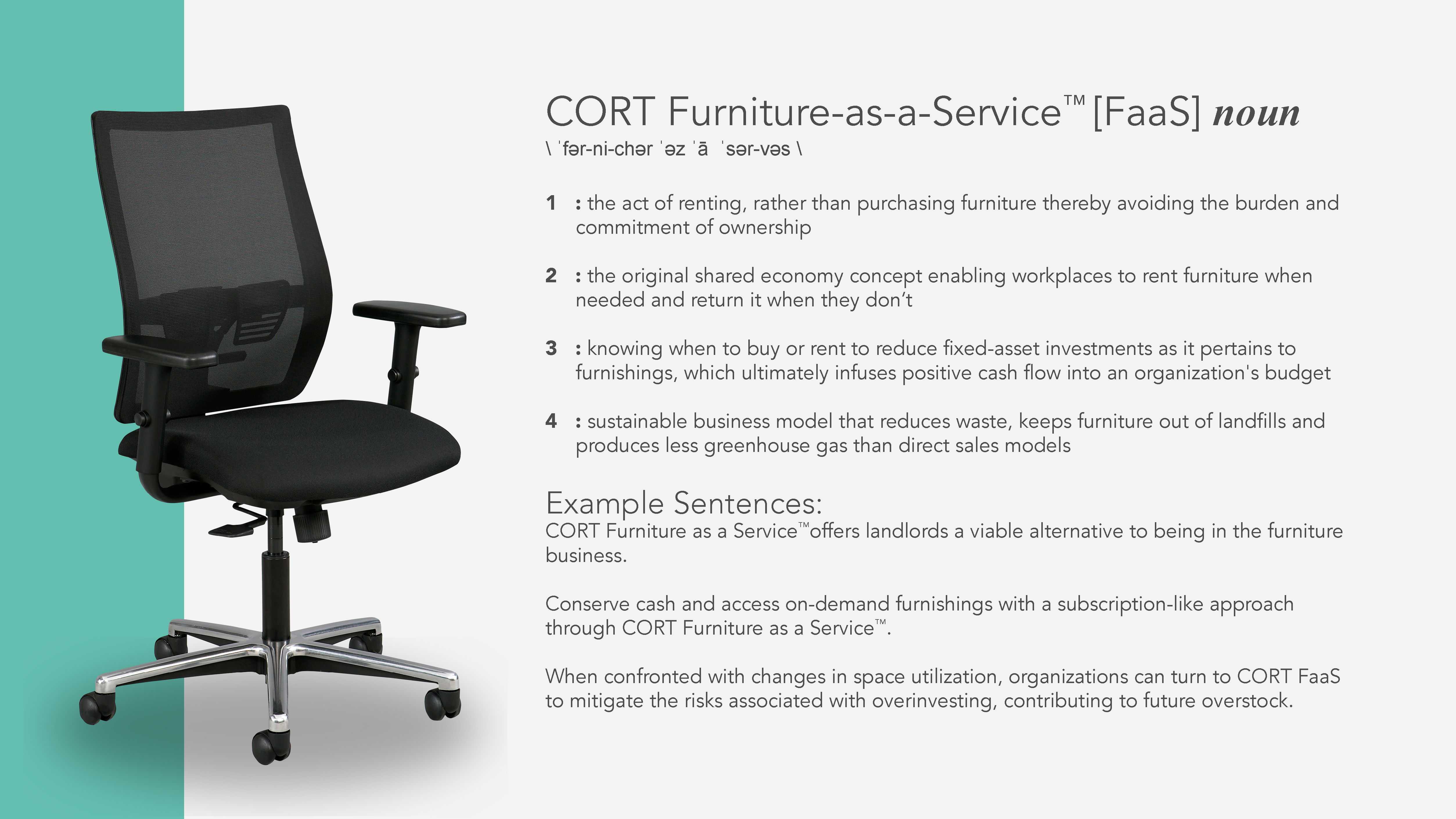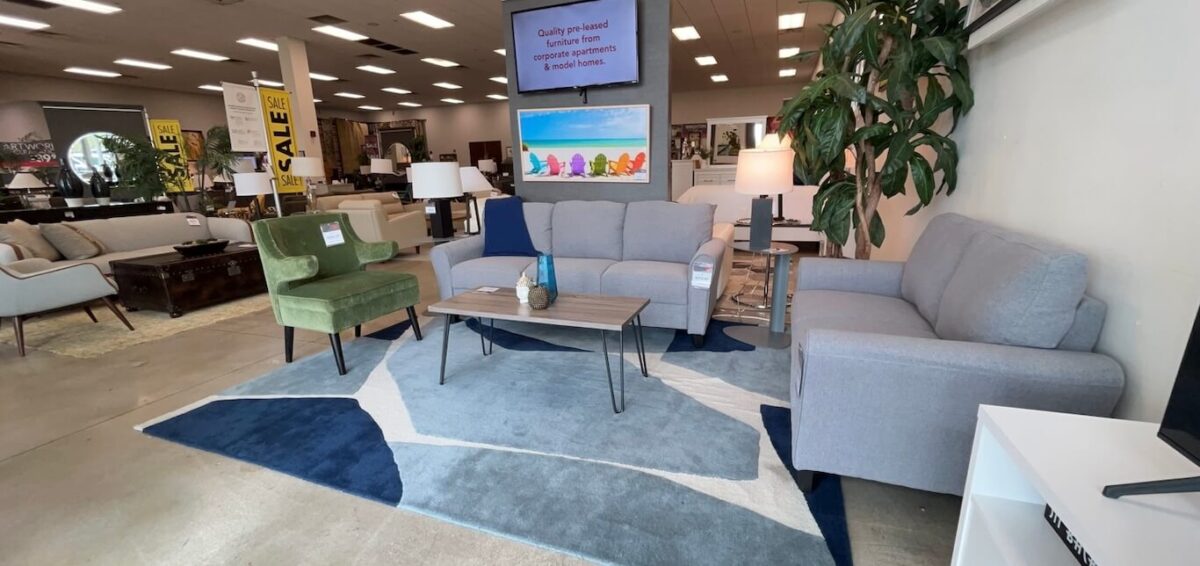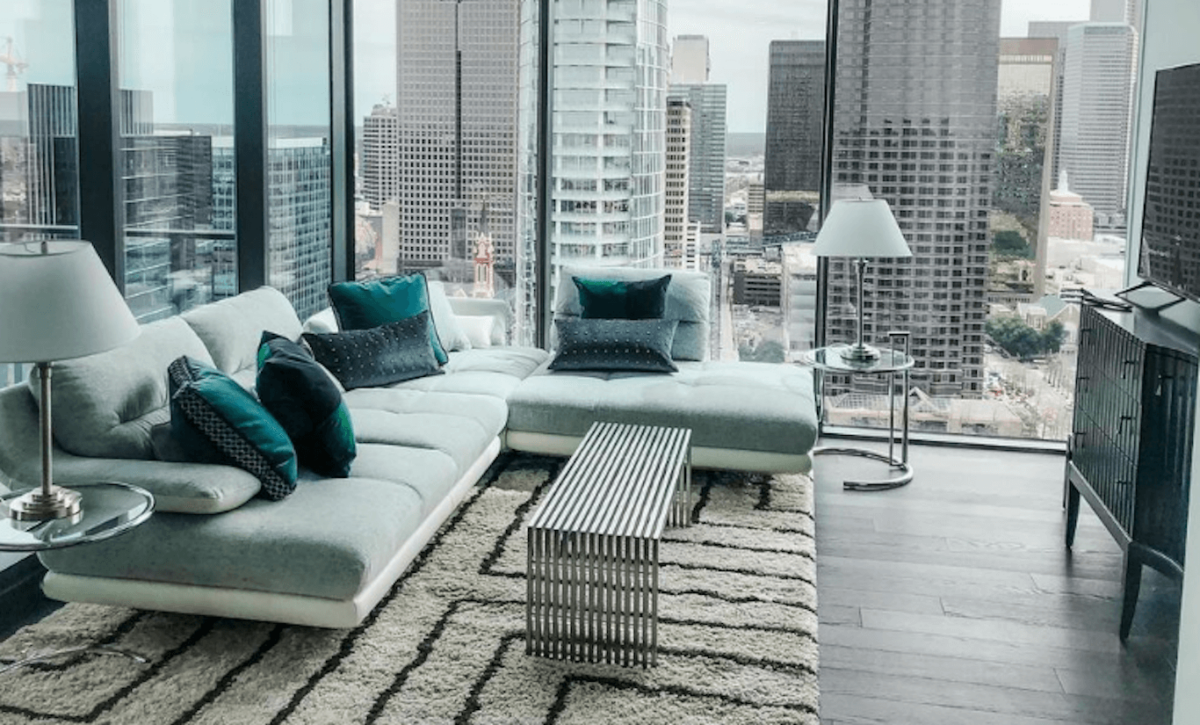Prior to the pandemic, remote work was viewed as a privilege by most. In 2020, however, businesses and employees scrambled to set up virtual workplaces and continue operations despite not being in the physical workplace. Organizations that never thought they’d be able to sustain this kind of business model have learned that it’s possible, and their workforce can maintain productivity throughout it all.
For many workers, the allure of skipping the commute and having increased flexibility is wearing thin. In fact, studies are showing that many workers are hoping to get back to their physical workplace sooner rather than later for few common reasons. Here are five to consider.
The Majority of Workers Want to Go Back to the Office
Commercial real estate firm, JLL recently conducted a survey of more than 2,000 professionals in 10 countries. The findings show that the majority of workers are hoping to get back to the office. Only 25% of employees want to remain working remotely full-time on a permanent basis. Three out of four employees want to return to the office, with roughly 50% of those respondents indicating that they’re hoping employers roll out a hybrid work model that allows remote work for part of the week and in-office work for the rest of it.
Although it’s clear that the majority of workers want to get back into the office, it’s also evident that workforce priorities are changing. There’s been a paradigm shift, and tomorrow’s office spaces must be human-centric. The office of the future must provide flexibility and choice to meet employee needs while giving them the best experiences.
Improved Collaboration
Virtual meetings, phone calls, and conferences have been a lifeline throughout the pandemic, and technology will certainly play a role in collaboration in the future. But there’s something to be said for the spontaneous interactions and seamless collaboration that occurs in a physical office setting. Gensler recently conducted a survey that revealed scheduled meetings and impromptu face-to-face interactions were tied for the top reason workers want to return to work in 2021.
The role of the physical workspace is evolving. The office of the future may very well become a space for teamwork and collaboration, creating a hybrid of remote work and in-person interactions to best meet the needs of employees and organizations alike.
Social Interactions
Perhaps part of the desire for face-to-face interactions boils down to this: Employees miss spending time with their coworkers. Recent research revealed that socializing with colleagues was just as important a reason for returning to work as a collaboration. According to the same Gensler survey, 75% of employees are missing socializing with others. In fact, it’s tied with the need for collaboration, making it one of the leading reasons workers want to return to work. Working in a physical office makes seeing their fellow workers face-to-face and enjoying the spontaneous interactions possible.
In another survey, roughly half of the participants said that they’re hoping that their employers will include socialization spaces in their return to work plans. Research shows that there’s a strong link between social connections and productivity. It also boosts fulfillment and helps build a strong company culture.
Improved Focus
A survey conducted in late 2020 revealed that 66% of employees working from home are also juggling school-age children who are doing their learning completely virtually. Dealing with kids, spouses and other obligations can derail focus, particularly for remote workers who don’t have private office space at home. External factors aren’t the only barriers at play.
The human brain can only handle so much all at once. Since the pandemic began, there’s been a huge amount of upheaval with periodic stay-at-home orders, social unrest and a contentious political climate have put many people on information overload, which hampers focus and leaves overwhelmed workers seeking distractions. Younger employees, including millennials and Gen Z workers, are having a tougher time than their older counterparts in avoiding distractions and striking a healthy work-life balance.
In JLL’s survey, 44% of respondents said that they hope their employers will provide spaces dedicated to focused work, such as concentration pods. This suggests that even as the office may be reimagined as businesses move forward in the post-pandemic world, it will still play an important role for employees who need the space for focused work.
Less Stress
The ability to work remotely has long been viewed as a perk by many employees who craved the flexibility and commute-free lifestyle. Although there are plenty of positives that come with working remotely, recent research reveals that providing less stress isn’t one of them. For many employees, home used to be a refuge from the stress and a place reserved for downtime and relaxation. Now that they’re working from home it’s the epicenter of their stress, which is why many are ready to return to work outside of the home.
The Martec Group conducted a survey of more than 1,200 professionals across a variety of industries to see how working remotely during the pandemic affected them. Some employees thrived. However, 42% of employees surveyed reported that their stress levels increased since working from home. That’s in line with data from Statista, which suggests that 51.4% of employees are more stressed working from home than they were when they worked in the physical office.
Three out of four workers are looking forward to getting back to work. But what they’re expecting from their employers is different than what they expected before the pandemic. Health and safety should be priority one for the return. Creating spaces that meet employee needs for their time in the office should be important. For example, creating spaces for intense focus or properly distanced setups designed for teamwork and collaboration.
CORT Furniture Rental can help make the transition back into the office seamless with on-demand solutions that will allow you to stay agile and efficient while meeting the needs and expectations of your returning workforce. Ready to learn more? Visit us online to explore the difference that CORT Furniture as a Service™ can make for you.







